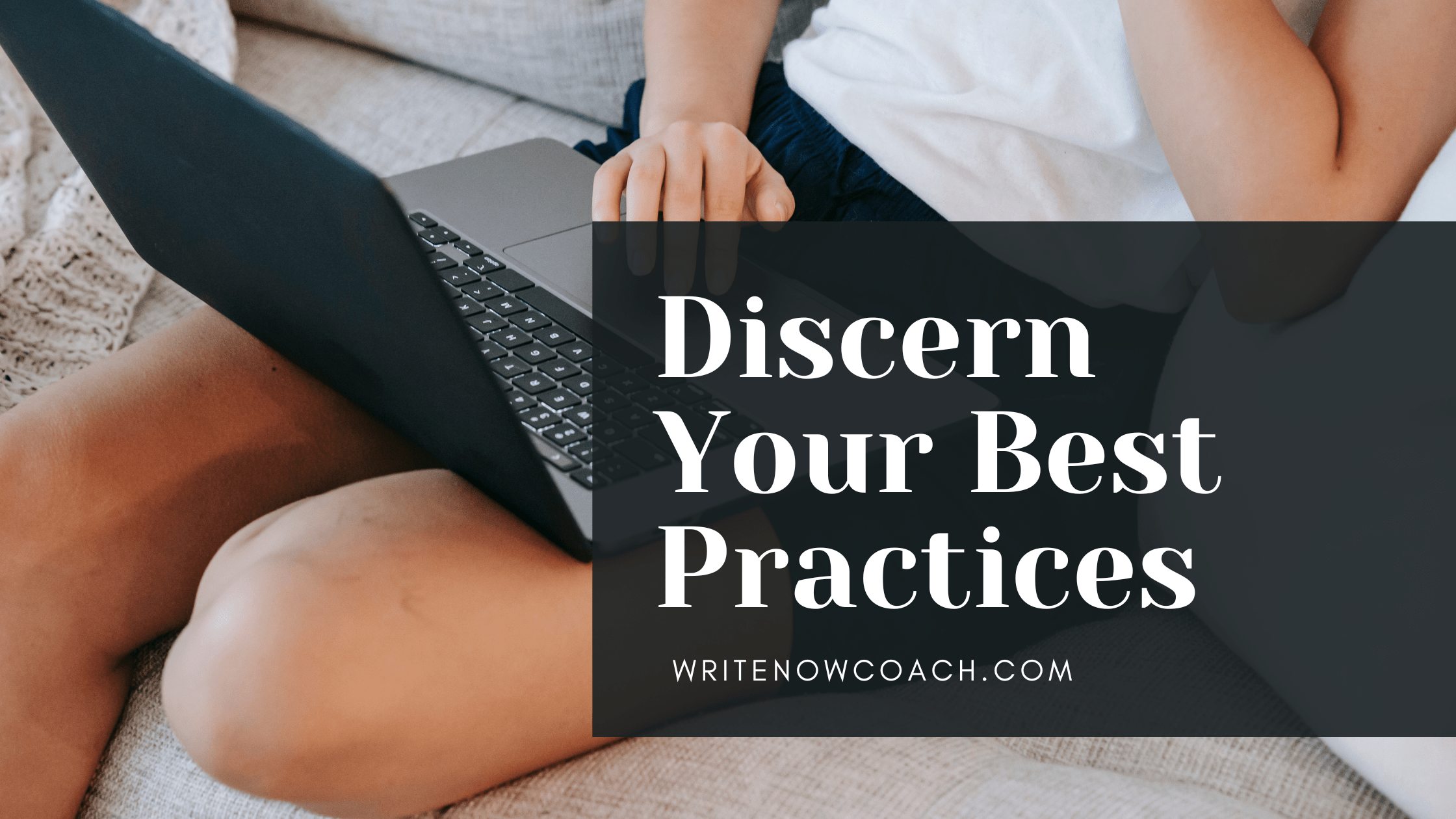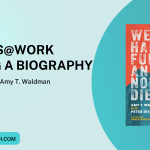Discern Your Best Practices
by Rochelle Melander
One hasn’t become a writer until one has distilled writing into a habit, and that habit has been forced into an obsession. Writing has to be an obsession. It has to be something as organic, physiological and psychological as speaking or sleeping or eating.
– Niyi Osundare
After coaching and teaching people about writing books for many years, I’ve noticed that every person has unique practices to support their work.
One writer I met made it a daily practice to copy a work of poetry or the chapter of a favorite book into her journal before each writing session. This practice eased her into writing and inspired her creativity. Aaron Sorkin, the creator of The West Wing and The Social Network, paces and acts out his own dialogue. One of my colleagues writes the first draft of her novels by hand in a notebook. She uses the same composition book for character sketches and plot notes.
Your best practices may come from your education, day job, or work as a writer. And you may not even be aware of what you do. No more! In this quest, you’ll detect your best practices.
The Quest
You will need your journal for this quest.
Step One: Collect the Data
Select three of your most productive work sessions. If you have difficulty remembering these, review your calendar for examples. Or take a look at some of your finished projects—what were your most productive sessions leading up to completing those projects? You can also look at your writing sessions for school or work, work sessions for other creative projects, or journaling.
In your journal, list each session. Write only on the left side of the page, leaving a blank column on the right side of the page. Leave enough room for each entry so that you can write a short description of what happened and answer the following questions:
- What project were you working on?
- Was the writing project for someone else or yourself?
- How close were you to the deadline?
- When were you working?
- Where were you working?
- What was going on externally? (What was happening around you?)
- What was happening internally? (What were you feeling physically and emotionally?)
- What did you accomplish?
- What habits, practices, and tools helped you do your work?
- What did you have difficulty accomplishing and what did you do that helped you overcome the challenge?
- What distracted you and how did you overcome distractions to move forward?
Step Two: Decode the Data
You now have tons of information about what works for you. You may even have an intuitive sense of what your ideal working situation looks like. Now it’s time to see what the data has to say.
Review the records of your most productive work sessions. Use a colored pencil or marker to underline concrete or key information for each question above.
Use the right column to note words and information that summarize what you discovered while underlining. Comments might include, I produce the best work in the morning! or Walking helps me write better!
When you’re done, make a list of the practices, habits and tools that help you write.
Game Play Tips
- Take the above information and create a personal how-to guide for writing well—a handbook of best practices. Don’t overthink this! Create a quick list of your top tools or practices and post it where you can review it and use it regularly.
- If you have difficulty remembering your best writing sessions, consider keeping a writing journal. After each writing session, note what worked and what didn’t work. Reflect on some of the prompts above, collecting information on the places, habits, and practices that work best for you. After a few of these sessions, review them and create your list of best practices.
For the Win
Hopefully this quest helped you see what practices work best for you. Celebrate that you are a creative who has developed your own best practices—yay you!















